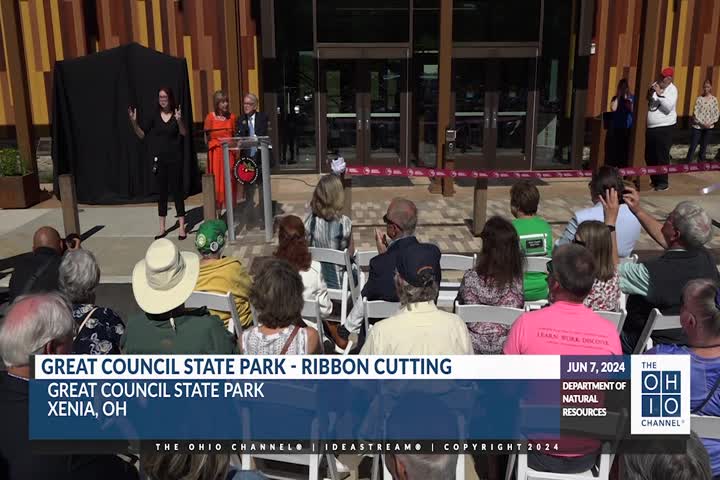Spotlighting Ohio's Native American Heritage and Cultural Clash
June 07, 2024 | Governor Mike DeWine, Office of the Governor , Executive Offices, Organizations, Executive , Ohio

This article was created by AI summarizing key points discussed. AI makes mistakes, so for full details and context, please refer to the video of the full meeting. Please report any errors so we can fix them. Report an error »

In a recent government meeting, officials highlighted the historical significance of Chillicothe, also known as Old Town, as a focal point for understanding Native American history in Ohio, particularly the Shawnee tribe. The discussions centered around a pivotal period from 1777 to 1780, during which the Shawnee, led by Chief Blackfish, thrived in the region, cultivating crops such as corn, beans, and squash, and coexisting with abundant wildlife, including bison, deer, and rabbits.
The meeting underscored the dual narrative of this era, acknowledging both the rich cultural practices of the Shawnee and the arrival of white settlers. Officials noted the complex interactions between these groups, which included both violent clashes and periods of peace and trade, illustrating a nuanced history of coexistence and conflict.
The importance of education was a recurring theme, with officials expressing a desire for future generations to engage with this history. They envisioned school groups visiting the site, where children would gain varying perspectives based on their age and experiences, potentially igniting a passion for history and nature.
This initiative aims to foster a deeper understanding of Ohio's past, emphasizing the need to recognize and honor the stories of Native Americans while also reflecting on the broader historical context of settlement and cultural exchange.
The meeting underscored the dual narrative of this era, acknowledging both the rich cultural practices of the Shawnee and the arrival of white settlers. Officials noted the complex interactions between these groups, which included both violent clashes and periods of peace and trade, illustrating a nuanced history of coexistence and conflict.
The importance of education was a recurring theme, with officials expressing a desire for future generations to engage with this history. They envisioned school groups visiting the site, where children would gain varying perspectives based on their age and experiences, potentially igniting a passion for history and nature.
This initiative aims to foster a deeper understanding of Ohio's past, emphasizing the need to recognize and honor the stories of Native Americans while also reflecting on the broader historical context of settlement and cultural exchange.
View full meeting
This article is based on a recent meeting—watch the full video and explore the complete transcript for deeper insights into the discussion.
View full meeting
